Traffic Signal Anticipation – Fresh Green Light
When we talk about traffic signal anticipation, we are talking about the traffic lights changing. More specifically when they may be changing from green to yellow. Are you driving towards a fresh green light, or is it stale? Is it going to go yellow? Then what?
When you’re driving towards an intersection, this is one of the things you need to think about.
It’s good to never be surprised by a light changing to yellow. It’s better to get ready, or to anticipate it. This is so that you won’t get into trouble.
Types of trouble could include being rear-ended if you suddenly slam on the brakes for a yellow light, or having a problem with an opposing left-turning vehicle.
What Is a Fresh Green Light?
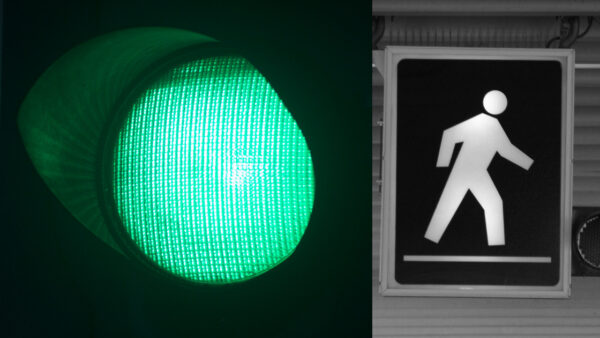
Fresh light is a green light you know for sure is going to stay green. I mean, no light stays green forever.
But we’re talking about an amount of confidence regarding the greenness by the time you drive through the intersection.
One way to tell a light is fresh is when you can see the pedestrian ‘walk’ signal in your direction, advising the pedestrians that they may start walking across the crosswalk.
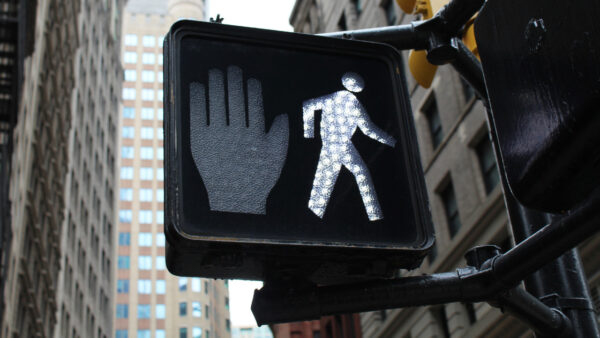
Typically a light like this won’t suddenly go yellow, because the ‘walk’ signal changes to some kind of ‘flashing hand’ for a while before the light goes yellow. Check out ICBC’s pedestrian safety tips here.
Non- Fresh Green Light – What Is a Stale Green Light?
A stale green light – or an ‘old’ green light – is one that might go yellow soon. If you’re not sure it’s fresh, then assume it is stale.
And be prepared for the light maybe go yellow. Some way to tell if the light is stale is if you did not see it change to green.
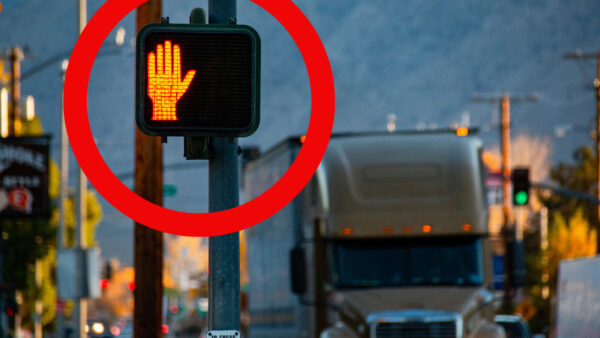
In other words, it’s been green for a while; and you’re not sure just how long that while has been.
Different intersections have lights that will stay green for different amounts of time, so it’s not like you can just pull out your stopwatch.
Another way to tell is to look for the ‘hand’ or ‘flashing hand’ sign for the pedestrian crosswalk. This is an indication the light is not fresh. It may change to yellow at any moment.
Another tip is to look for any vehicles waiting on the adjacent street that would be sitting on the traffic sensor. The sensor senses the traffic and makes the light change.
You can also look for pedestrians who have pressed the pedestrian buttons. These pedestrians want to make the light change.
Traffic lights don’t just change randomly. They change due to demand from vehicles on the sensor or pedestrians, and sometimes they’re on a timer.
Fresh Green Light – Traffic Sensors On The Pavement
Traffic sensors are another great reason to stop behind the white line in the correct position. If you don’t, your light might ‘stay red forever’, which is never good.
So, make sure to anticipate the traffic lights at every intersection. If your light is stale, you can cover the brake pedal. If you’re driving and you know for sure you’re approaching a wonderfully fresh green light, then there is no need to cover your brake pedal.
This means your foot is ready to stop the car if the light goes yellow, as long as you aren’t past the point of no return.
Many left turn lanes in Vancouver are quite long and are equipped with 2 sets of traffic sensors
This means if there’s only 1 car waiting in the left turn lane when the light is red, then the car will not get the advanced left-turning arrow; if there are “several” cars in the lane, then the traffic light will “know” and the vehicles will get the left turning arrow (designed for efficiency).
In some cases (if you get on the sensor early enough) you can simply stop on the 2nd sensor and then magically receive your left-turning arrow. This is definitely not something I make a point of teaching people, but hey it might be good to know, especially for the pizza delivery person.
The first sensor:

The other sensor:
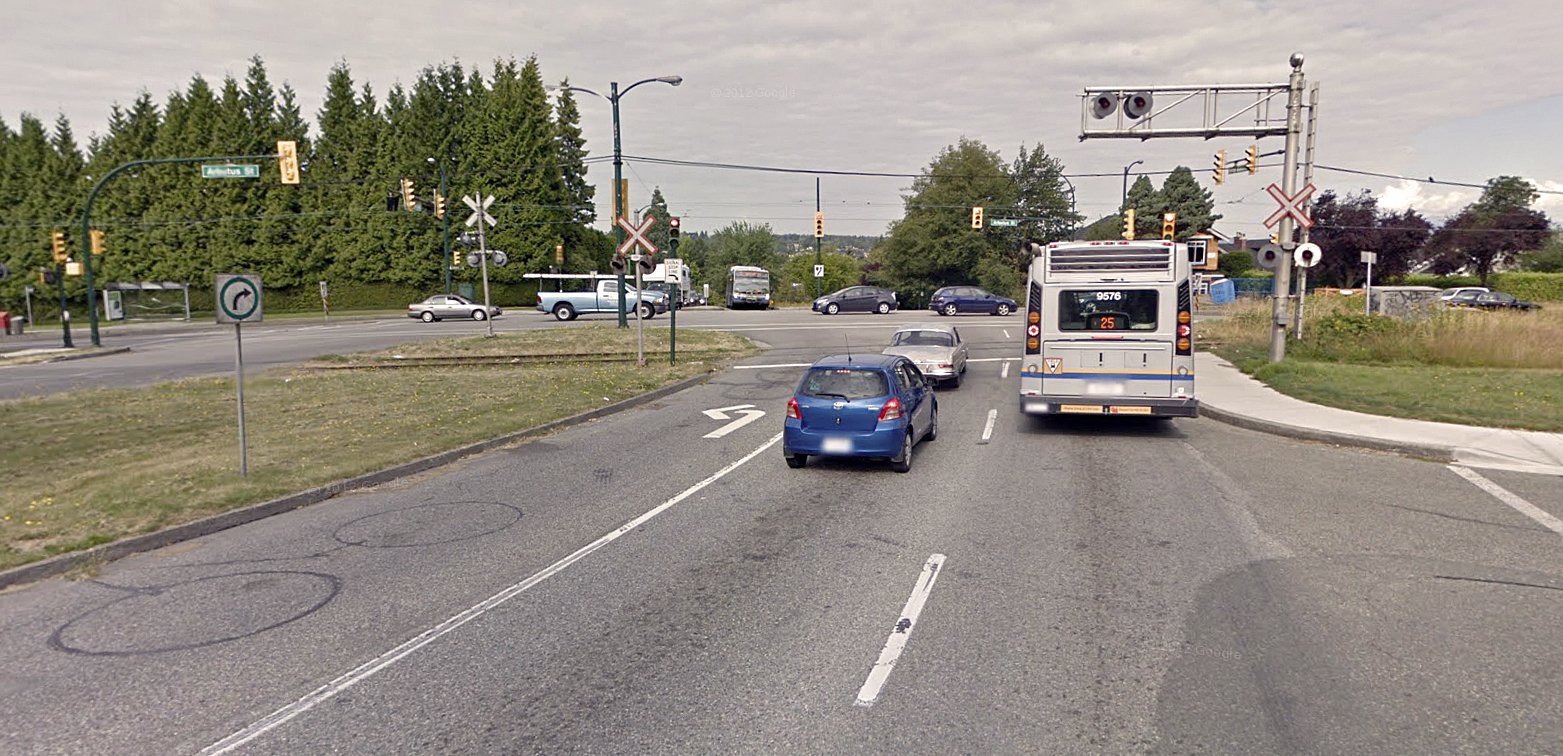
How Can I Tell When I’m At The ‘Point Of No Return’ While Driving?
Driving towards a non-fresh green light
The point of no return when driving refers to the point at which you keep going when the light goes yellow.
This means you are at the point where it is either impossible to stop behind the stopping line – based on speed or conditions – or where it would be unsafe to stop based on the vehicle following behind you.
Keep in mind, it is impossible for a large truck carrying a load to stop at the same distance that you can in a small car.
So if there’s a large truck following too closely, make the right decision – that may be to continue once the light is yellow.
Just a reminder, that a yellow light technically means Stop unless it is not safe or possible to stop
Usually, if I’m driving and the light goes yellow, and I still have time to think, “Hmm, I wonder if I have time to stop or not,” then that means YES, I can stop. If I’m driving and I don’t even have time to even think, then I’m already past that point.
If you are past the point of no return, just continue at the same speed. You aren’t doing anything wrong, so don’t make it look like you are by drawing attention to yourself.
Consider your speed and the vehicle behind you well before an intersection that you know has a stale traffic light (a green light that you think might go yellow soon), so you’re prepared ahead of time. If you think the light may be stale, hover your right foot above the brake pedal so you can save that extra time. If it does go yellow, your foot will be ready.
Conclusion
We talk about fresh and stale green lights so that we can help anticipate when the light might go yellow. This is helpful for peace of mind.
Additionally, it’s a huge thing to keep you safe and avoid being rear-ended by the vehicle behind you. It’s very important to keep track of that. This way, you can make the right choice if the light does turn yellow on your approach to the intersection. Check out my article about yellow lights to learn more.

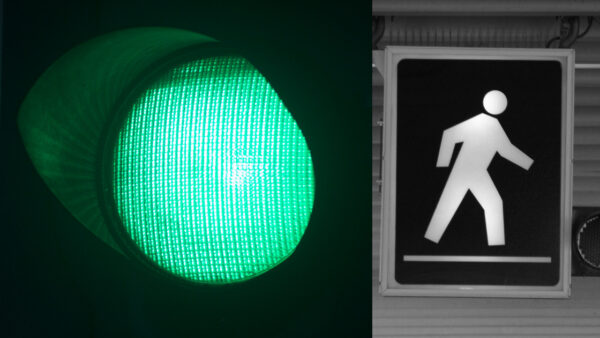
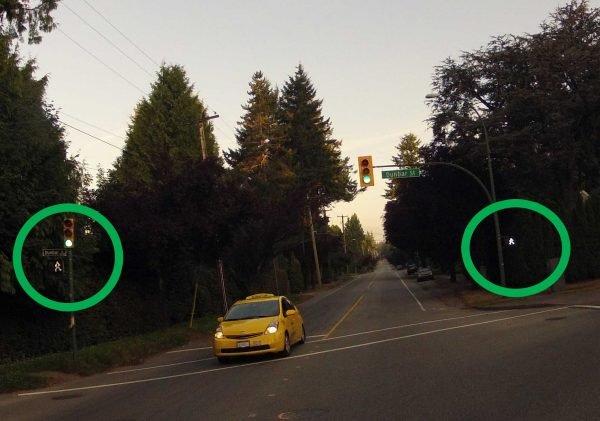
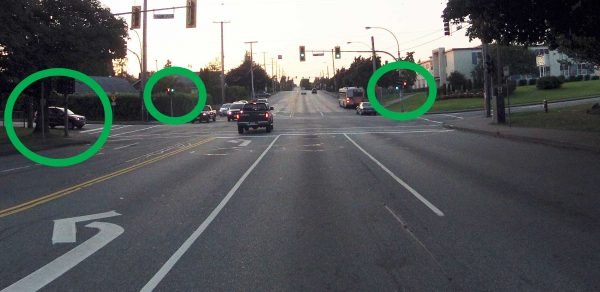
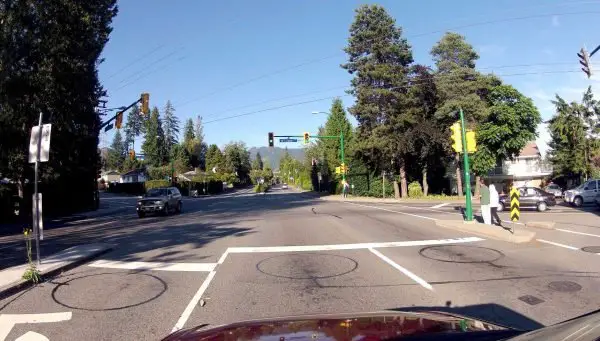


Comments are closed